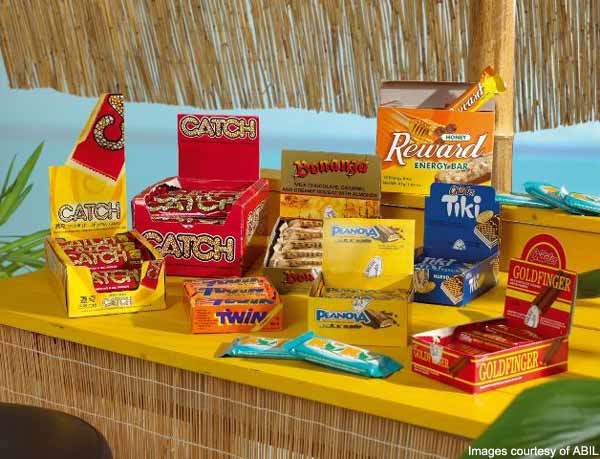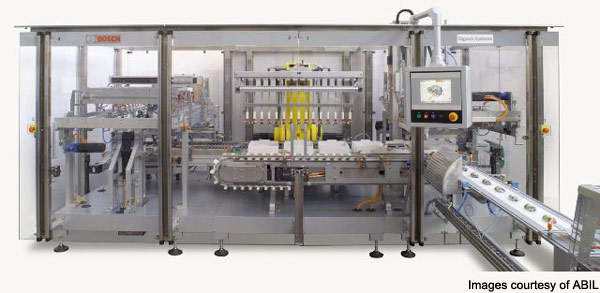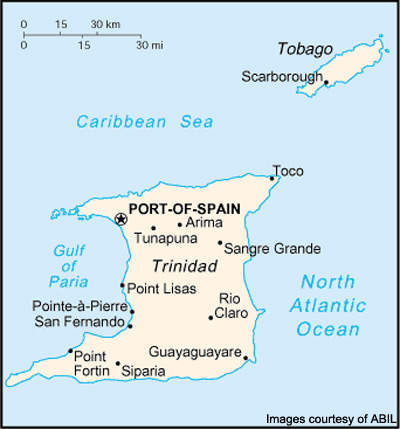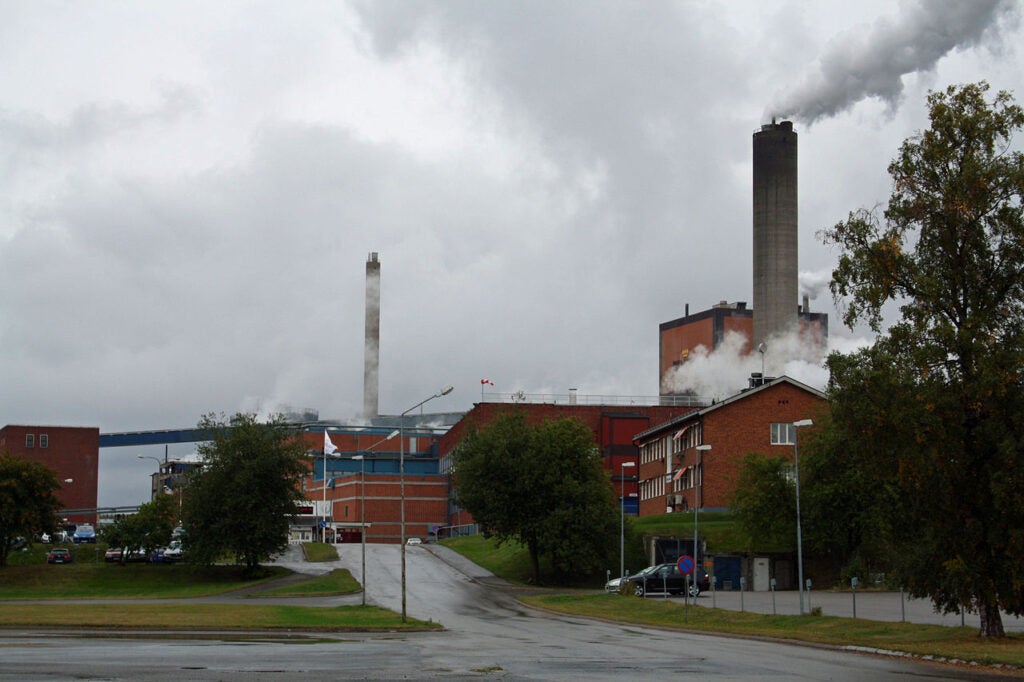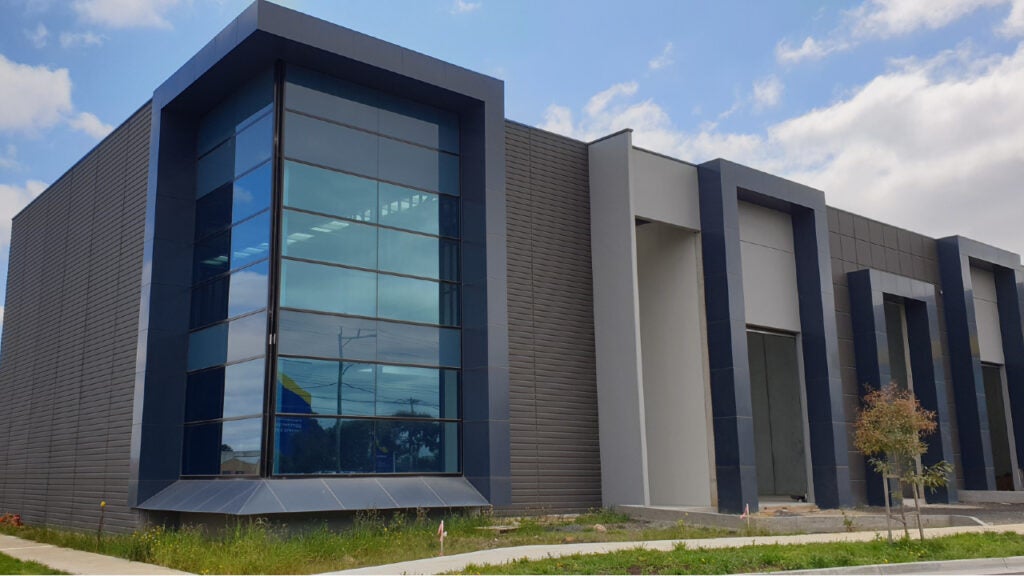Associated Brands Industries Limited (ABIL) is one of the leading manufacturers and distributors of chocolate, confectionery, biscuits and breakfast cereals in the Caribbean. The company was first set up in 1974 and has built up an extensive range of product brands, including 216 stock keeping units.
The company facilities are all in Trinidad and include manufacturing, packaging and also distribution. ABIL has four manufacturing plants, one for each of its product divisions. The 50,000ft² Charles Candy plant is located in San Juan along with the 50,000ft² Sunshine Snacks production. ABIL’s 34,800ft² biscuit production facility is located in Arima, and the cereal plant is located at Point Lisas Industrial Estate, near the shipping port.
The company exports its products to over 20 different countries worldwide. In 2000, the company completed extensive renovation plans including refurbished production facilities, new warehousing and a new three-storey office complex.
ABIL system upgrade
In April 2007, ABIL installed a new top loader robot system at the San Juan plant to package a wide range of products in several size formats. The TTL-i Toploader from Sigpack Systems can package 14 different products in seven different tray sizes. Sigpack Systems is part of Bosch Packaging Technology and specialises in the development and production of packaging systems.
The machine was introduced as a secondary packaging method so that collation, shipping and changeovers could be made simpler, promoting a quicker throughput of product at the packaging end of the operation.
The system’s format range is innovative with over 40 different variants including ready-to-go mini carton to large dispatch units. The formats can be chosen according to performance, packaging type, layout, market and customer requirements.
Sigpack installed a single toploader TTL-i, which can carry out three functions such as tray forming, tray toploading and tray closing. The system can close trays with attached flaps or a separate lid blank too. The system has a very small footprint, which allowed it to be easily retrofitted in the space available. The TTL-i system has a capacity of 800 products per minute. The handling options can be modified according to the performance requirements and nature of product.
The system was chosen because of its neat compact design and the fact that changeovers can be conducted easily without the use of tools. The product grippers are supplied with vacuum, pneumatic air pressure, with electrical sensors incorporated into a single connecting plate. The gripper can be easily substituted for an alternative one just by a single operation without having to bother with reconnecting cables and plugs. In addition, the tray forming and closing tools are fully adjustable for the different tray sizes so that no major disassembling is required in changeovers. Line operators can handle format changeovers without the need for skilled maintenance staff. The system can carry out tray forming from flat blanks with or without attached flaps.
The benefits of the TTL-i Toploader
The system provided logistical benefits to ABIL. Before installing the system, engineers from Sigpack Systems examined the product and packaging formats used by ABIL. Based on the observations made by the engineers the tray dimensions of the TTL-i system were optimised. Earlier, the manual secondary packaging employed by ABIL required about 14 varieties of trays and blank sizes for the manual forming and loading of its products.
With the installation of the TTL-i system the number of tray sizes was reduced from 14 to seven. This was possible as the system top loads products into tight trays. ABIL also achieved cost reductions with the use of the new system as the system reduced the number of blanks used. The system is reliable and requires less maintenance, which further saves costs.

